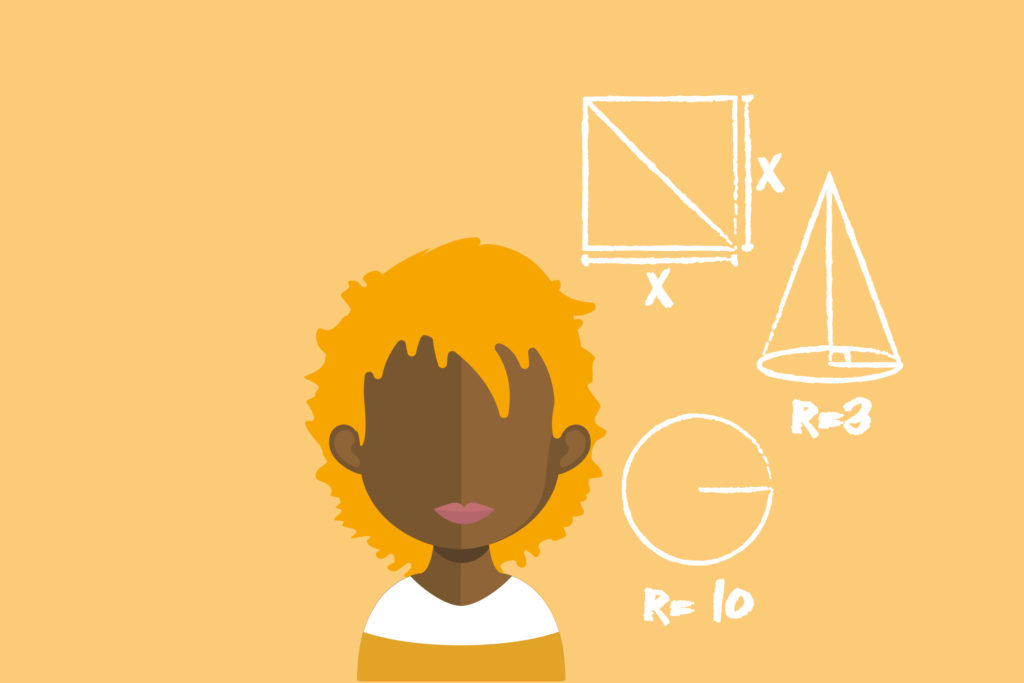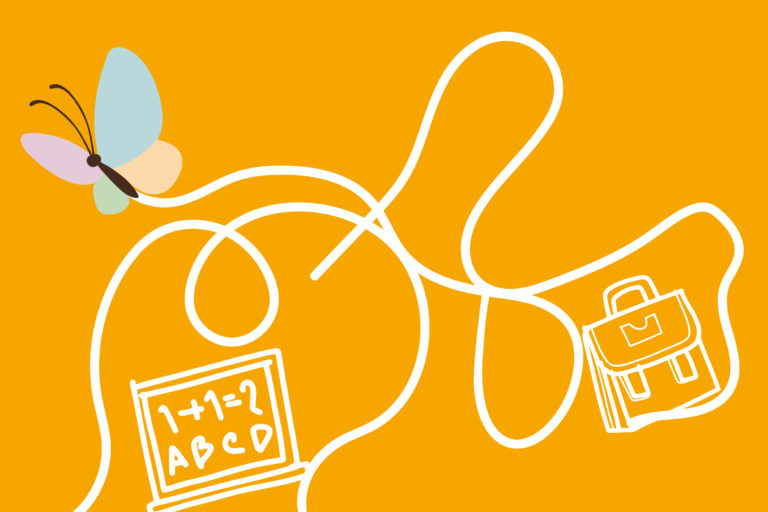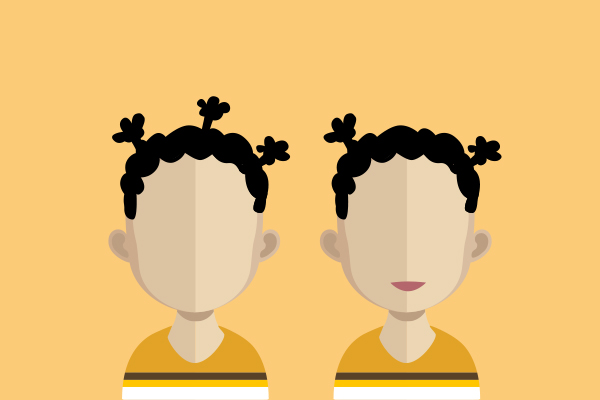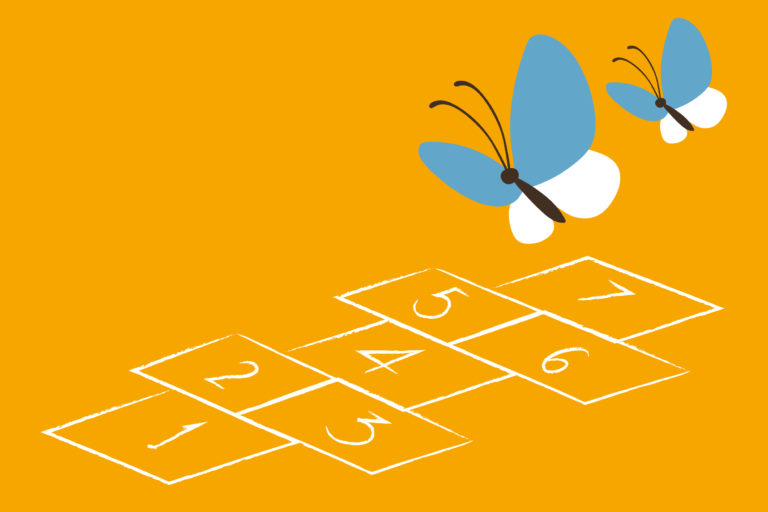Through an experiential activity, groups of students will learn about the connection between rights, responsibilities
and rules. They will democratically define the rules for the proper operation of their own classroom.
The students to:
- communicate,
- experience that their input matters, and that they can influence the drafting of rules,
- collaborate,
- develop a sense of “ownership” of the classroom contract,
- experience active participation in shaping the classroom community as a micro-society.
- recognize the responsibilities arising from their rights,
- cooperate to achieve common goals.
- follow predetermined rules.
Steps
- The teacher divides the students into three groups and gives them an A3 paper divided into three parts. They use the top part of the paper to record what they think are everyone’s rights in a classroom.
- The teacher asks them to pass their work to the next group (A to B, B to C, C to A). Each group reads the list of rights created by the previous group, and writes down the corresponding responsibilities in the middle of the paper. The teacher poses questions, for discussion: What responsibilities do we have in order to respect these rights? What do we have to do? How do we need to behave? For example, if “everyone has the right to be heard”, then “we have the responsibility to listen”.
- Students pass their paper to the next group one more time. The groups take into account all the information from the two previous groups and agree on a maximum of five rules as derived from the rights and responsibilities. These are written in bold letters on the third and last piece of paper.
- The rules should be: 1. Worded positively – “DO” something rather than “DON’T” something. 2. Specific in describing the required behavior. For example, Right: the right to be heard. Responsibility: we have the responsibility to listen. Rule: remain silent when others speak.
- The papers are put up on a wall. One representative from each group explains their rules to the plenary. This is followed by a guided discussion in order for the students to identify repetitions, overlaps, rewrite if necessary, and finally decide on a final version that everyone agrees on. A ballot can also be held. Each student has four tokens to “spend” on those rules that he/she thinks should be included. They can vote by allocating their chips as they wish. For example, they may want to give all their votes to one rule or distribute them equally. The four rules with the highest number of votes become the rules of the class. They can be clearly written, signed by each student, and posted in a prominent place in the room. Reflection and discussion:
- What did we do?
- Why did we do it?
- What is changing in our lives in our classroom?
- Is it easy to follow the rules?
Evaluation
Reflective discussion at the end of the activity.

Duration: 60-90 minutes
Materials:
- Α3 paper
- markers.
- The activity is adapted from the educational material: https://www.living-democracy.com/textbooks/volume-6/chapter-1/exercise-2/





